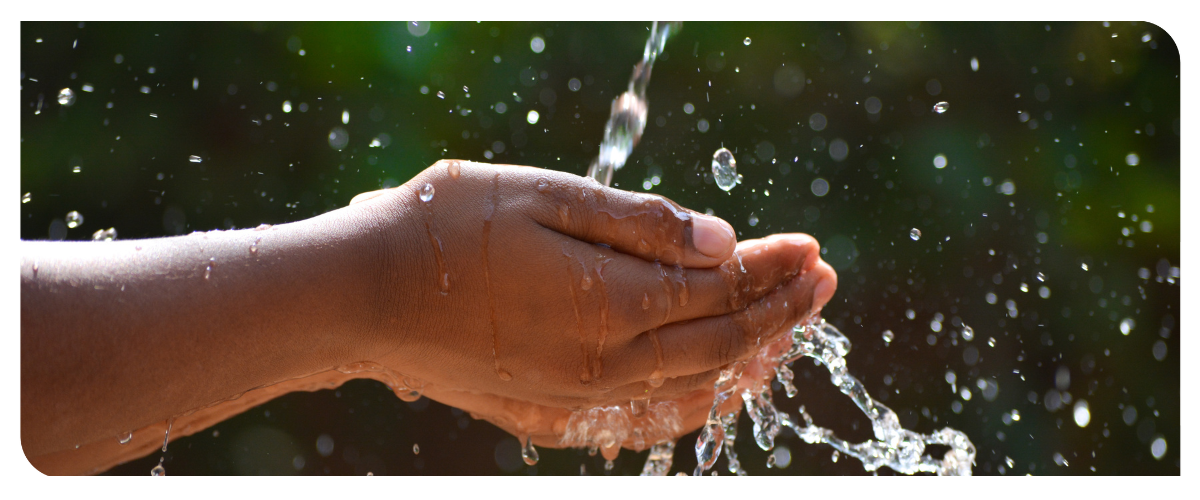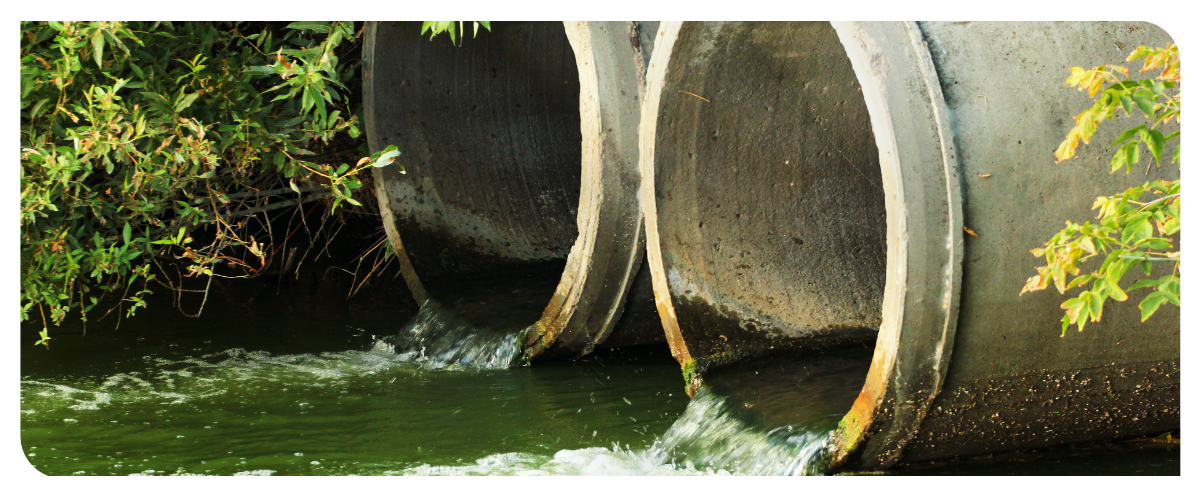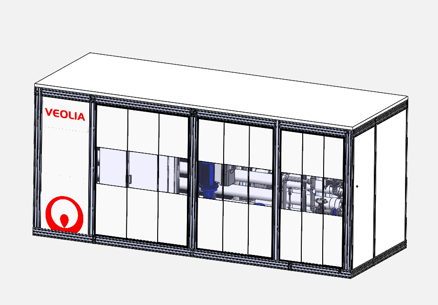In all sectors, it is essential to find solutions to reduce overall water consumption. Here we explain in more detail and look at some of the methods and technologies that can help.
Why reduce water consumption?
Humanitarian concerns
The effects of climate change are drastically reducing the availability of water worldwide. Rising temperatures are causing water resources to evaporate, and long periods of drought mean that lost water cannot be recovered quickly enough. At the same time, the world's population continues to grow, which means that demand for water is increasing.

The wider impact of this water shortage should not be underestimated. According to UNICEF, half the world's population could be living in areas facing water shortages as early as 2025. In addition, the United Nations (UN) estimates that 700 million people worldwide could be displaced by a severe water shortage by 2030, leading to mass immigration and political instability.
Fortunately, we can make a difference. Currently, according to the United Nations, while most freshwater from the natural environment is taken by agriculture, 28% is extracted by municipalities for household and industrial use. Businesses in these sectors can therefore make a significant impact by reducing their water consumption, with reuse or recycling of this resource as an excellent starting point.
Environmental concerns

For manufacturers and local authorities, wastewater discharged into the natural environment can have an impact on local plants and wildlife. Generally speaking, untreated wastewater contains a range of harmful substances such as arsenic, ammonium, total organic carbon (TOC), as well as other heavy metals, pathogens and chemical and medicinal products.
Once in the receiving environment, these substances can weaken and harm flora and fauna by impacting their habitats and reducing their fertility. This impact then multiplies throughout the food chain. As awareness of this phenomenon has grown in many parts of the world, standards for authorising the discharge of wastewater have been tightened. By reusing or recycling water, this impact can be further minimised.
Financial incentives

Failure to comply with standards can result in heavy fines for the industries and local authorities responsible. In addition, the price of water will continue to rise as demand increases and the treatment of this resource becomes more complex. Water reuse is therefore a practical way of cutting costs, reducing the risk of fines and increasing the overall profitability of water treatment facilities.
How can water consumption be reduced?
Recycling water
One way of reducing water consumption is to recycle waste water back to the factory and use it again. For example, the water rejected by reverse osmosis (RO) has a high level of dissolved salts (TDS / Total dissolved solids) which is rejected or disposed of towards an outlet. However, these concentrates or concentrated rejects can be sent to a second reverse osmosis unit, called a ‘concentrator’, for further treatment. The permeate from this second RO system can then be recycled back into the main system feed. Some industrial equipment incorporates this recycling technology into a single system. This is the case with our Orion solution, which includes a concentrate recycling system that achieves 90% hydraulic efficiency.
As reverse osmosis is used in a variety of sectors, including industry, municipalities and healthcare, this idea can be implemented in a wide range of applications.
|

|
To meet the growing needs of industry, Veolia has developed a range of standard plug & play systems specifically designed for the recycling of treated secondary effluent, called RePak. It combines our proprietary Z-PAK ultrafiltration (UF) and CaptuRO reverse osmosis (RO) technologies into an integrated water recycling system.
|
Water reuse
People often think that wastewater has no value and should be thrown away, but in some cases it can be reused for other applications. For example, industrial wastewater from processing or washing can be treated and used to feed boilers, cooling towers, condensers, for cooling processes or for certain types of cleaning activities. As well as reducing water consumption and disposal costs, this can also save energy: wastewater often retains its high temperature, which means less energy is required to heat it when needed, or that heat can be recovered and used on site, via a heat exchanger for example.
In certain processes, such as steam networks, slightly contaminated boiler condensates are often sent down the drain. However, it could be recycled and reused, after polishing, in the cooling process, thereby reducing discharge levels and drawing on the industrial site's freshwater resources.
In healthcare establishments, the water discharged by RO can be reused as grey water in toilets or to water the site's gardens.
These are just a few examples of how we help our customers to reduce their water consumption. By finding ways to recycle and reuse process and waste water, industrial companies can protect the environment and help combat water scarcity.
Talk to one of our experts to find out how you can reuse and recycle water on your site